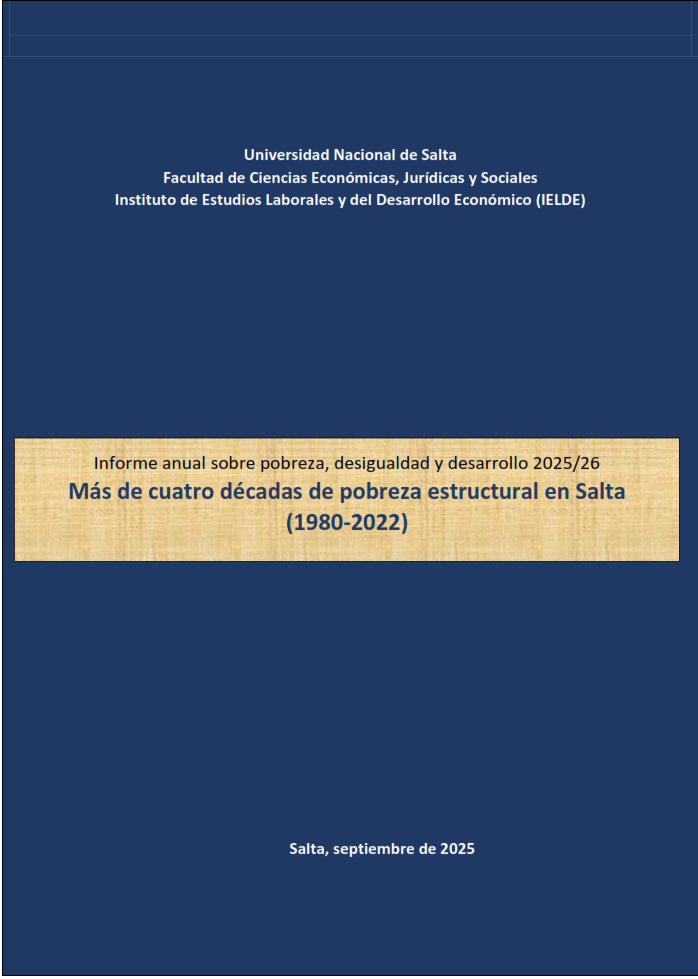Labour market dynamics according to the Chain Reaction Theory
During the last decades much effort has been put to explain movements of European unemployment by focusing on the role of shocks and institutions, institutions alone, and the structure of the economy. Nevertheless, there is an increasing interest among macro-labour economists to examine the role of growing variables such as capital stock in the evolution of the European unemployment rate.
We may group the explanations proposed for the observed movements in European unemployment in three. First, the frictionless equilibrium view of unemployment according to which the labour market adjusts quickly to external shocks. Second, the hysteresis hypothesis where the equilibrium unemployment rate no longer returns to levels before the shock once the temporary shock reverses, and therefore reaches a new equilibrium. Third, the chain reaction theory (CRT), or prolonged adjustment view, of unemployment which postulates that labour markets react to external shocks but only slowly given that labour market decisions are subject to adjustment costs.
We first show that the CRT is not simply the middle ground between the frictionless equilibrium view and the hysteresis hypothesis. We show that the CRT is a richer and more complete approach since it explains the unemployment problem by recognising the interaction of growth and dynamics in the labour market. We then illustrate the functioning of the CRT through three different empirical exercises.
Autor: Pablo Salvador
Fecha y hora: 29 de Septiembre de 2011, Hs. 17
Lugar: Sala Wierna, FCE UNSa
Descargar: Seminario 12

